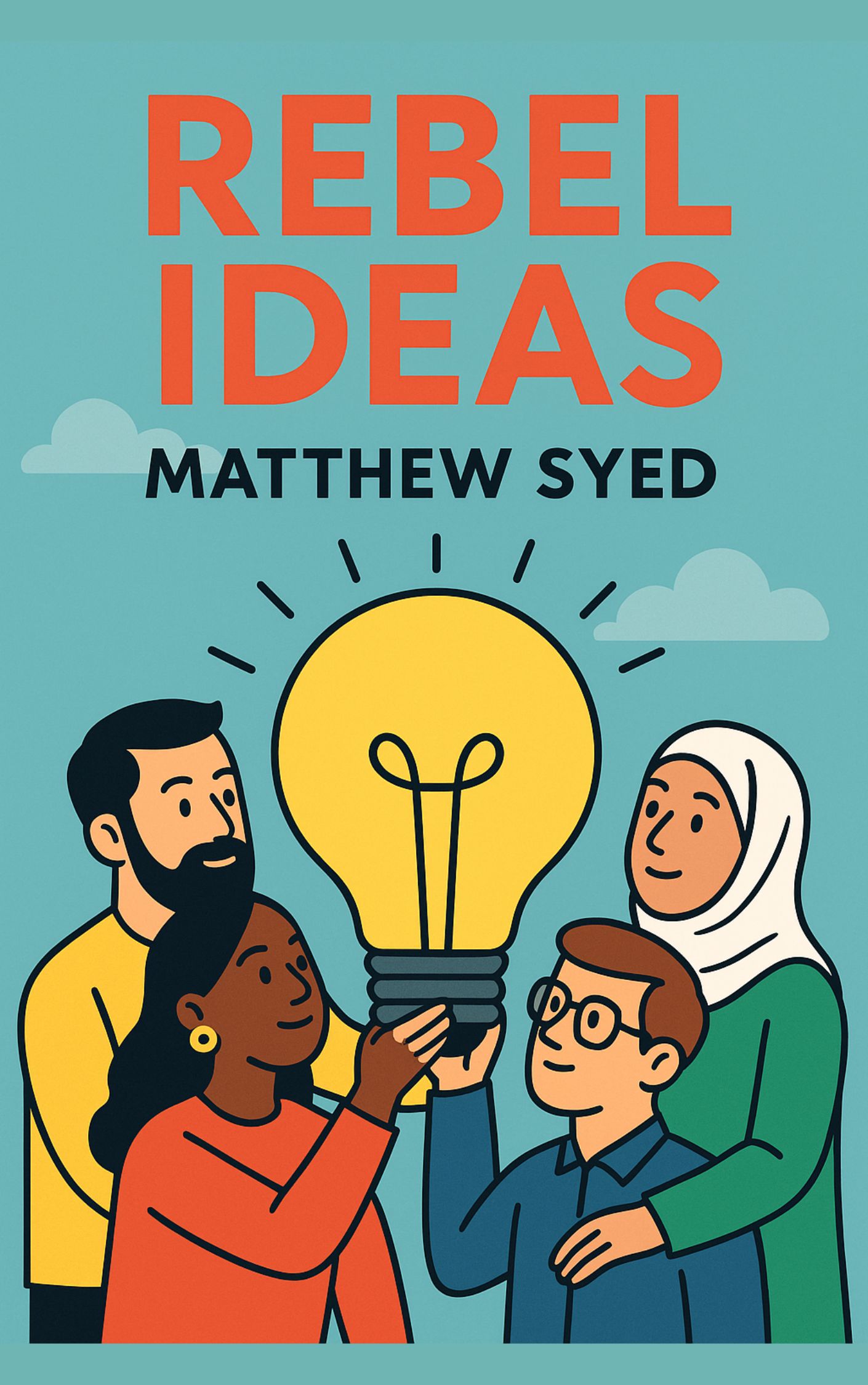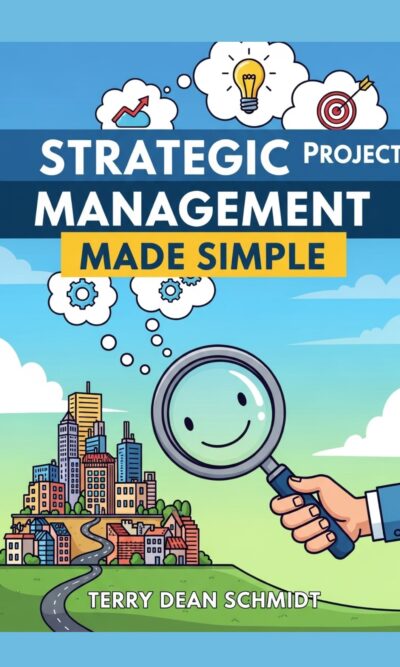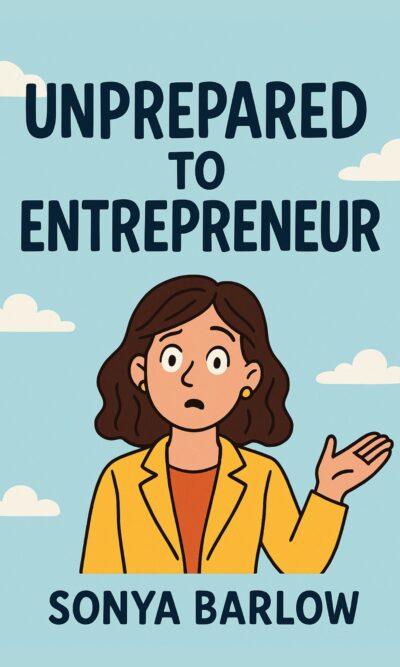Description
Success in solving today’s complex problems requires more than intelligence, skill, and commitment. While individual brilliance is valuable, it’s no longer enough to address challenges that demand multiple perspectives. The most powerful tool for innovation and problem-solving is cognitive diversity—bringing together minds that think differently, question assumptions, and approach situations from unique angles.
Many organizations unknowingly fall into the trap of homophily, the tendency to work with people similar to ourselves in appearance, beliefs, and thinking styles. While comforting, this creates collective blind spots, where critical details are missed simply because no one in the group has a different perspective. A classic example was the CIA before 9/11. Their recruitment favored a narrow demographic, resulting in a lack of cultural understanding about threats like Osama bin Laden. This sameness in thought contributed to underestimating the danger and missing vital signals.
To solve complex challenges effectively, teams need diversity not just in demographics—like age, race, or gender—but in cognitive approaches. This means recruiting people who use different models, ask different questions, and make different assumptions. In World War II, Britain’s Bletchley Park team cracked German codes not just because they had mathematicians, but because they also had people with unusual perspectives, like demographers. These unique viewpoints revealed clues others might have missed—such as recognizing that random letters in codes were often personal or emotional choices by operators under stress.
However, diversity alone is not enough. Without effective communication, the benefits are lost. Group dynamics often create a dominance hierarchy, where those with authority speak the most and others stay silent. This can suppress critical ideas. A tragic case occurred in 1978 when a plane crashed because an engineer, aware of a fuel issue, didn’t feel empowered to challenge the pilot’s focus on another problem. The solution lies in psychological safety—creating an environment where all voices are valued. Techniques like anonymous brainwriting ensure ideas are judged on merit rather than rank.
The most innovative teams also include individuals who are diverse within themselves. Migrants and children of migrants often excel in creativity because they navigate multiple cultural worlds, training their minds to blend concepts in fresh ways. Exposure to varied fields of knowledge, as Charles Darwin practiced, sparks connections that lead to breakthrough ideas. This cross-pollination of knowledge works best when our networks include people from different industries, backgrounds, and interests.
But human nature often pushes us into echo chambers, where we surround ourselves with like-minded people and reinforce our own views. These environments not only limit perspective but can also polarize us further when opposing views enter. Escaping this trap requires building genuine relationships with people who think differently. The story of Orthodox Jew Matthew Stevenson and white supremacist Derek Black shows how empathy and trust can dismantle deeply ingrained beliefs, something no online argument could have achieved.
Another obstacle to diversity’s power is standardization. While useful in manufacturing, applying one-size-fits-all rules to people can stifle their strengths. At Google, allowing employees to shape their roles around their personal talents led to greater performance, happiness, and career growth. In health, one-size-fits-all diets often fail because each person’s body processes food differently due to unique gut bacteria. Customization unlocks potential; forcing uniformity diminishes it.
To truly harness diversity, we must also overcome our biases. Blind auditions in orchestras revealed that many talented female musicians had been overlooked due to gender bias. Businesses, too, have suffered from assumptions tied to age. Prada’s slow digital adoption contrasted sharply with Gucci’s success, boosted by a “shadow board” of younger employees who advised on modern strategies. This willingness to value unconventional perspectives can transform an organization’s trajectory.
In essence, cognitive diversity fuels collective intelligence—the wisdom of a group that sees more together than any single member could alone. By building teams of varied thinkers, fostering open communication, breaking down echo chambers, avoiding rigid standardization, and actively countering bias, we create environments where innovation thrives.
Actionable steps to encourage this include physically rearranging workspaces to promote cross-department encounters, creating forums for anonymous idea sharing, and intentionally seeking input from those outside your usual circle. These small changes can lead to unexpected collaborations and breakthrough ideas.
The world’s most complex challenges—from business innovation to global crises—cannot be solved in isolation. They require minds willing to challenge each other, listen without bias, and combine their strengths. When we design our teams and cultures with this in mind, we not only avoid the pitfalls of narrow thinking but also unlock the full potential of human creativity and problem-solving.





